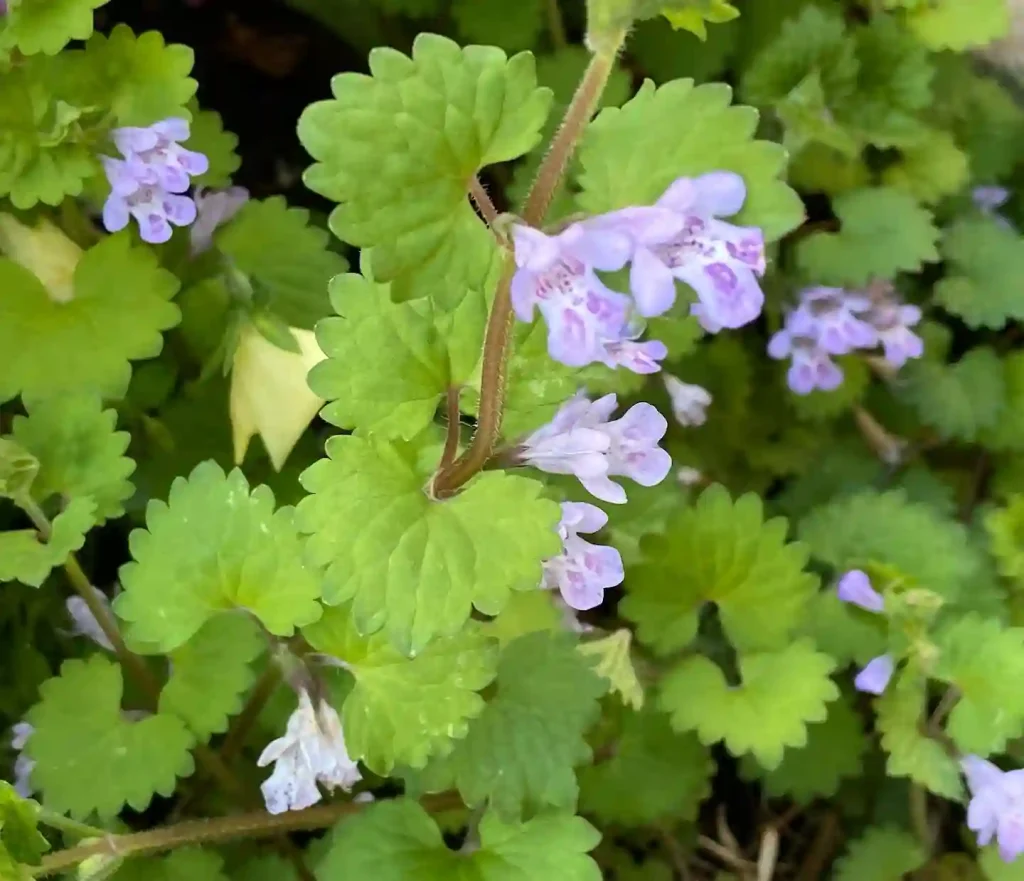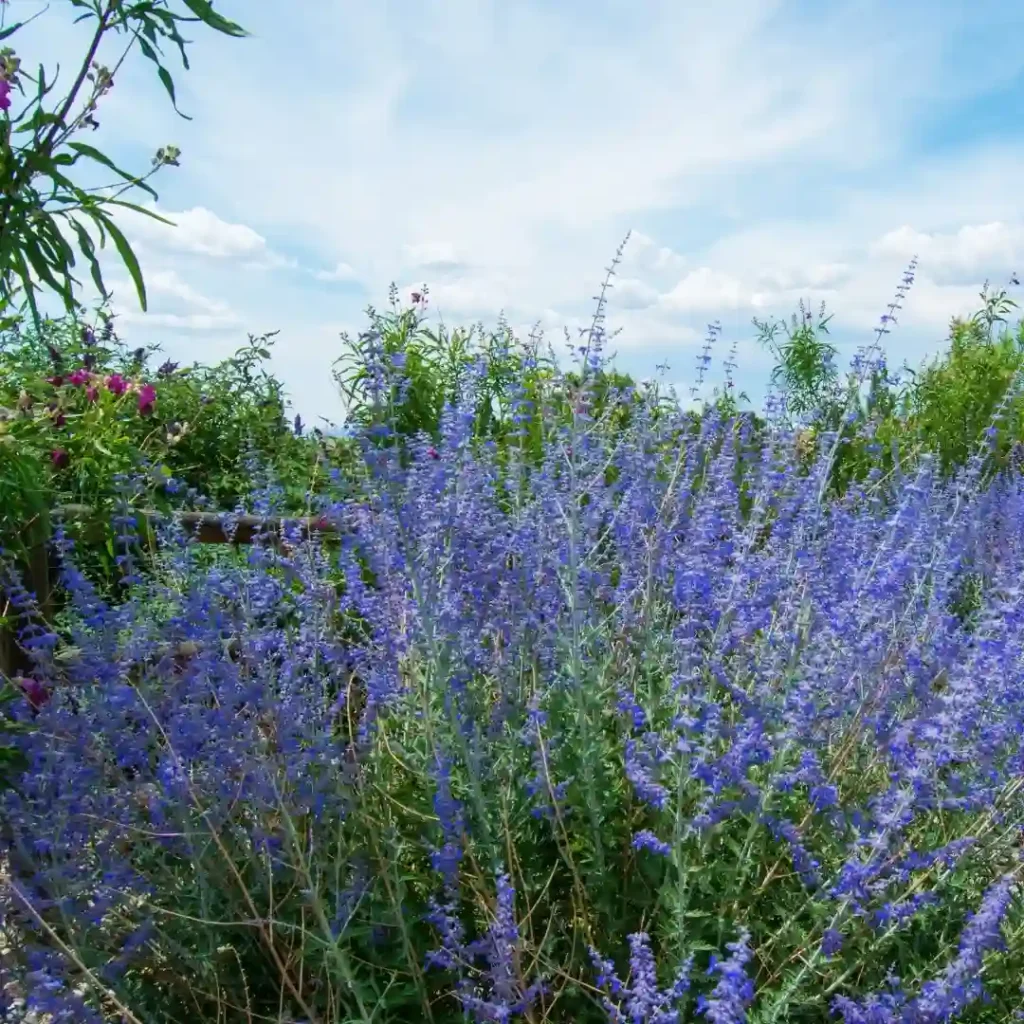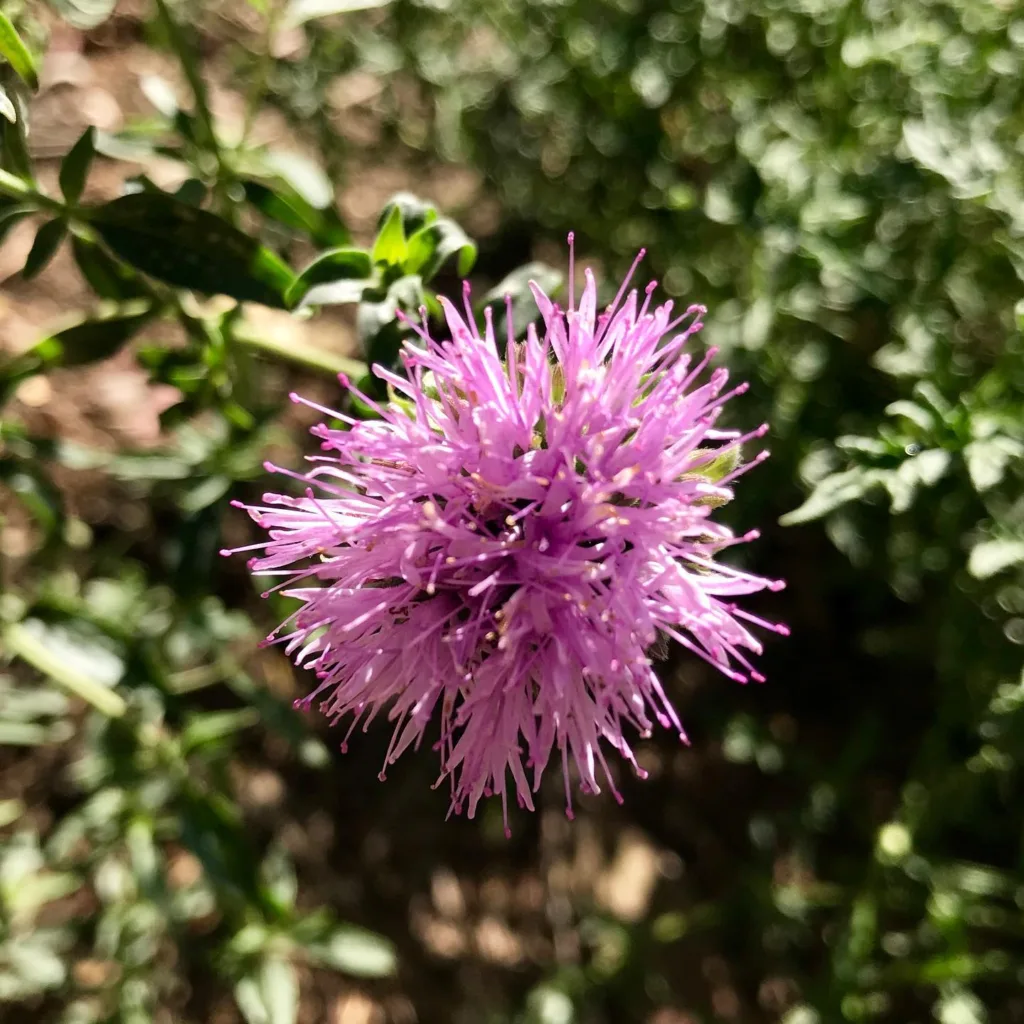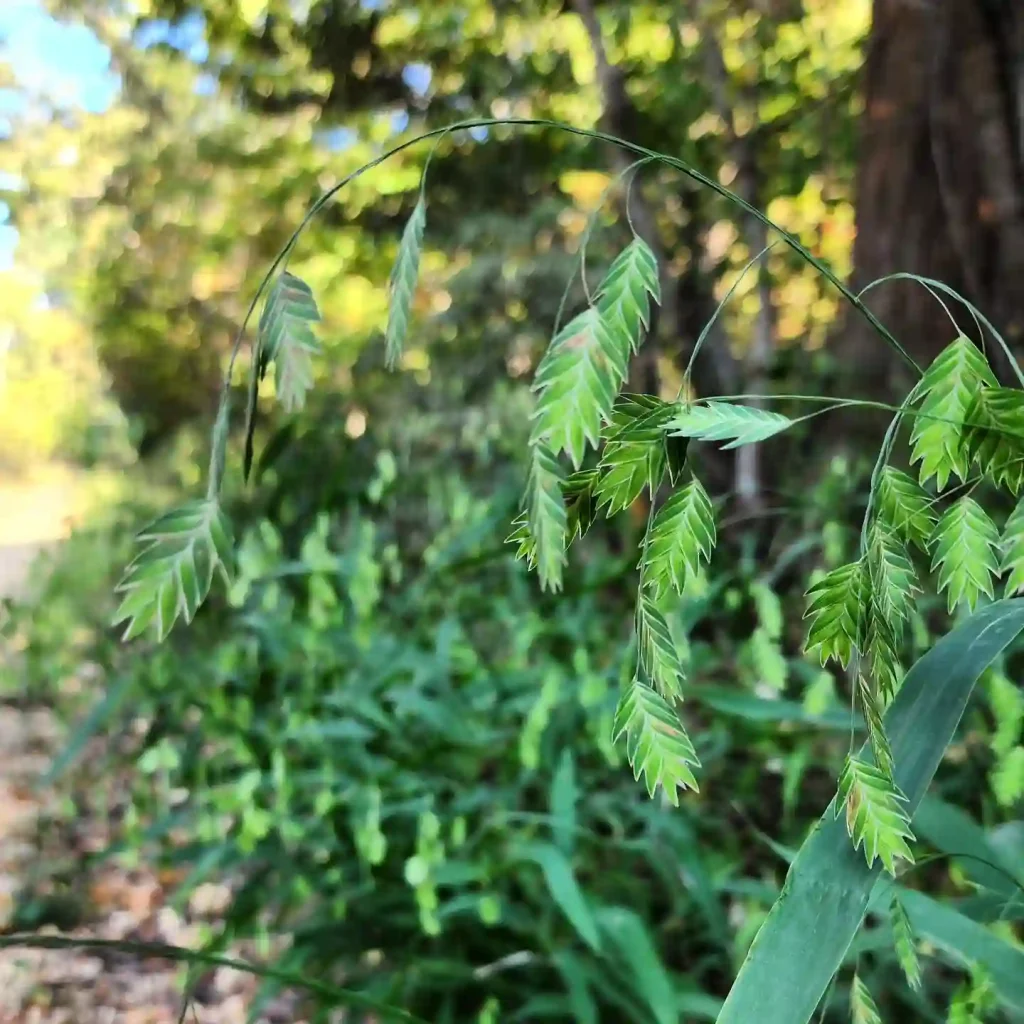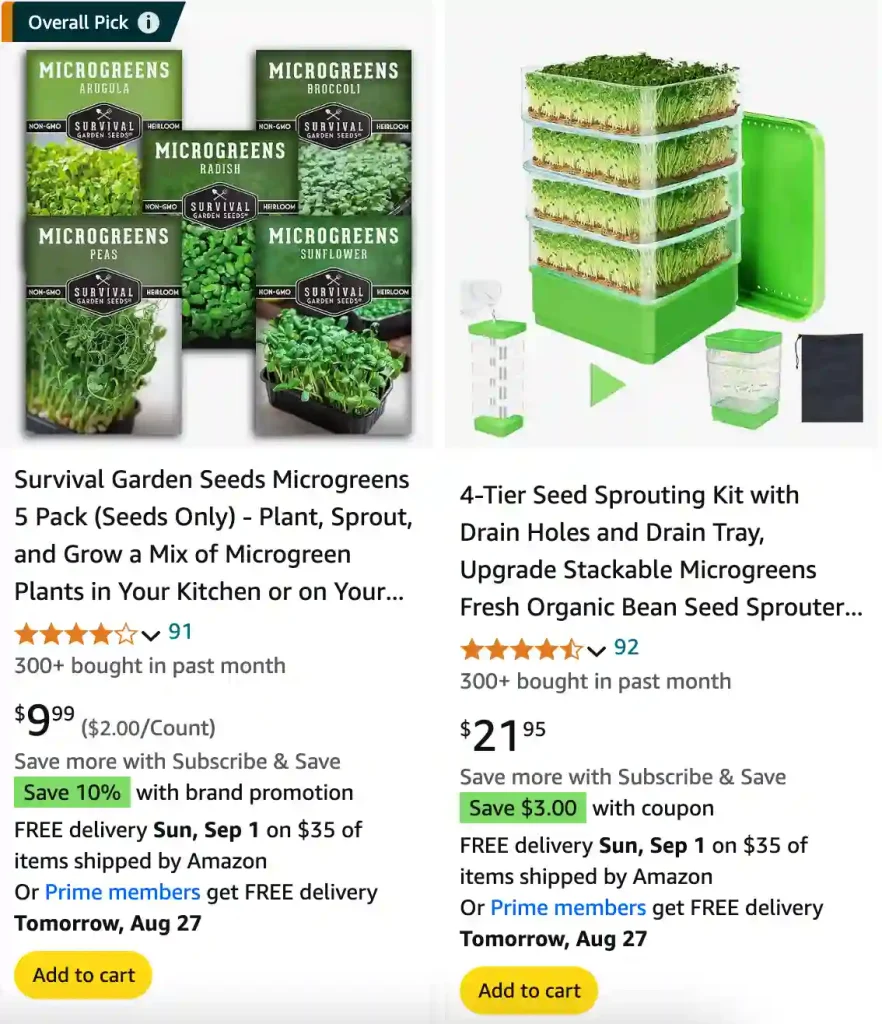
What Is Microgreen?
Microgreens are tiny, edible plants harvested at a young stage, just after the first true leaves have developed. They pack a nutritional punch and are often used to add flavor, color, and texture to dishes. These young plants can be grown from a variety of seeds, including herbs, vegetables, and even some flowers. They are typically harvested within 7 to 21 days, making them a quick and rewarding addition to any garden or kitchen.
Where to Buy Microgreen Seeds?
Finding microgreen seeds is quite simple. They are available from a range of sources, including online retailers, local garden centers, and specialty stores. Websites dedicated to gardening or urban farming often have a wide selection of seeds. Additionally, many health food stores and farmer’s markets offer microgreen seeds, especially if they emphasize organic or sustainable products.
How to Grow Microgreen?
Growing microgreens is straightforward and doesn’t require much space. Here’s a basic guide:
- Choose Your Seeds: Select seeds based on your taste and nutritional preference. Popular options include radish, broccoli, mustard, and sunflower.
- Prepare Your Tray: Use a shallow tray with drainage holes. Fill it with a seed-starting mix or a soilless growing medium.
- Sow the Seeds: Scatter the seeds evenly over the surface of the soil. Press them down lightly but do not cover them completely with soil.
- Watering: Moisten the soil with a gentle spray. Keep the soil consistently damp but not soggy.
- Light: Place the tray in a sunny spot or under grow lights. Microgreens need plenty of light to thrive, typically 12 to 16 hours a day.
- Harvest: Once the microgreens have developed their first true leaves and are about 2-4 inches tall, they are ready to be harvested. Use scissors to cut them just above the soil level.
How Many Microgreen Seeds Per Tray?
The amount of seeds needed per tray depends on the type of microgreen and the size of the tray. A general rule is to sow seeds densely, as they will compete for space and light, leading to healthier and more flavorful greens. For a standard 10×20 inch tray, you might use around 1-2 tablespoons of seeds. It’s often helpful to follow the specific instructions provided with your seeds for optimal results.
Are Microgreen Seeds Different from Regular Seeds?
Microgreen seeds are not inherently different from regular seeds, but they are selected for their suitability to grow quickly and produce tender, flavorful shoots. While regular seeds are used to grow mature plants, microgreen seeds are chosen for their rapid growth cycle and edible young leaves. The seeds themselves are the same, but the growing conditions and harvest time differ.
Where Do Microgreen Seeds Come From?
Microgreen seeds come from the same plants as regular seeds. They are harvested from a variety of sources, including commercial seed companies and specialized growers. The seeds are often sourced from plants like radishes, beets, and herbs. Quality seed producers ensure that the seeds are clean and viable for growing microgreens.
Are Microgreen Roots Edible?
Yes, the roots of many microgreens are edible. They are usually tender and can add a slightly different texture to dishes. However, they are often not the main focus of microgreens consumption; the young leaves and stems are typically more sought after for their flavor and nutrients. If you’re growing microgreens at home, you can taste the roots to see if you like them.
Microgreen vs Vegetables
Microgreens and vegetables differ primarily in their growth stage and purpose. Microgreens are harvested at an early stage of growth and are used for their intense flavors and nutrients. They offer a quick turnaround from seed to plate. Vegetables, on the other hand, are allowed to grow to maturity, providing a more substantial harvest that can be used in a variety of dishes.
How to Care for Microgreens?
Caring for microgreens involves maintaining proper light, moisture, and ventilation. Ensure they receive adequate light, either from natural sunlight or grow lights. Keep the growing medium consistently moist but not waterlogged. Proper airflow is also crucial to prevent mold growth. Regularly check for any signs of pests or disease and take action as needed.
How to Propagate Microgreens?
Microgreens are typically grown from seeds rather than propagated from existing plants. To grow a new batch, you will need to sow new seeds in a clean tray. Ensure that you use fresh seeds for each batch to maintain the quality and flavor of your microgreens.
What to Plant with Microgreens?
Microgreens can be grown alone or in combination with other plants. They are often grown in trays alongside other quick-growing herbs or greens. If you’re planting in a garden, consider companion planting with crops that have similar light and water needs. For indoor setups, mix different varieties of microgreens in separate trays to add variety to your diet.
Can You Grow Microgreens Indoors?
Absolutely! Microgreens are perfect for indoor gardening. They thrive in small spaces and can be grown on windowsills, under grow lights, or in specially designed indoor garden systems. Indoor growing allows for year-round cultivation, regardless of outdoor weather conditions.
Is It Toxic?
Microgreens are generally safe to eat and are not toxic. However, it’s essential to ensure that they are grown in clean conditions to avoid contamination. Always wash them thoroughly before consumption. If you have allergies or specific health conditions, consult with a healthcare provider to ensure microgreens are suitable for your diet.
Benefits of Growing Microgreens
Growing microgreens offers several benefits:
- Nutritional Value: They are rich in vitamins, minerals, and antioxidants.
- Quick Harvest: They grow quickly, providing a rapid harvest.
- Space-Efficient: They require minimal space, making them ideal for small living areas.
- Flavor: They add a burst of flavor and color to dishes.
Common Problems with Microgreens
Some common issues include:
- Mold Growth: This can occur if the soil is too damp. Ensure good airflow and avoid overwatering.
- Leggy Growth: If microgreens are too stretched out, they may not be getting enough light. Adjust the light source to be closer to the plants.
- Pest Infestation: Occasionally, pests like aphids can be a problem. Keep an eye out and address any issues promptly.
Growing microgreens is a rewarding and manageable way to add fresh, nutritious greens to your diet. With just a bit of care and attention, you can enjoy the benefits of these vibrant, flavorful plants right from your home.
If i die, water my plants!
